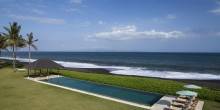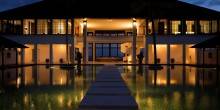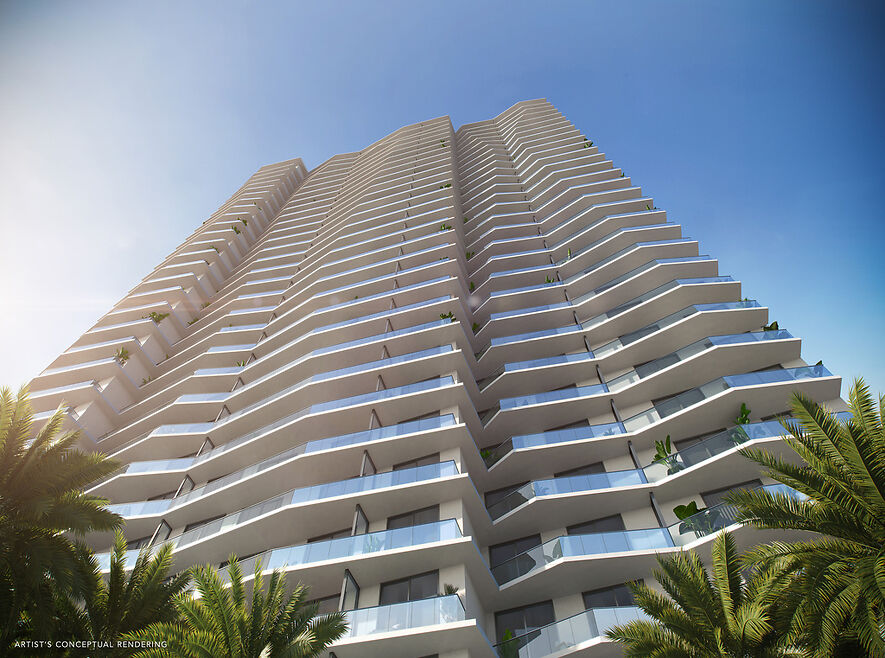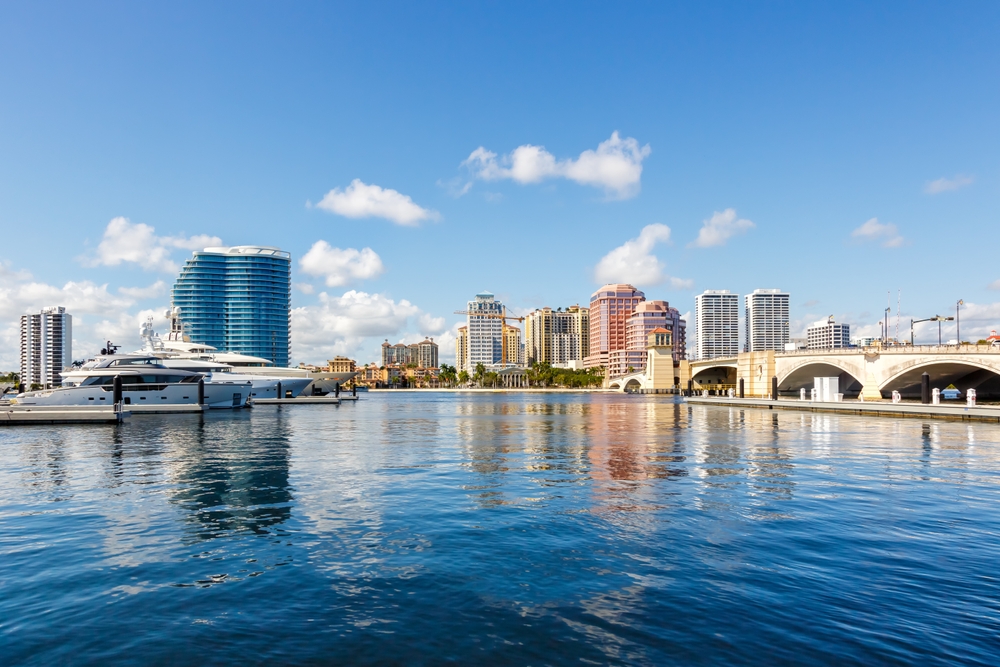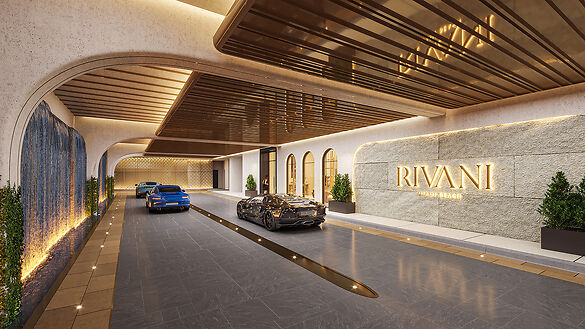Following years of price increases, the Indonesian rupiah’s fall against the U.S. dollar means foreign buyers can find bargains on the island paradise, and the options are seemingly endless. From cliff-hugging villas on the dramatic Bukit Peninsula, to sprawling seaside estates, to Javanese-syle joglos in the jungles surrounding Ubud, Bali has mastered the many forms of luxurious tropical living.
On a coveted stretch of coastline where Alila, Bulgari, and Banyan Tree have resorts, Karma Kandara recently launched 12 new villas designed by Woods Bagot. The three-bedroom residences are priced at $1.3 million and feature private gardens, private pools, and access to the resort's facilities and services. The property ushers in a “new age” of luxury says Kandara Group chairman John Spence: “For those who place value on wellness, relaxation, and attentive yet discrete service all within a stylish environment.”
Further north on a plot of jungle forest near the Canggu Club, Elite Havens has listed a 7,500-square-foot, Zen-inspired villa for $2.55 million. The five-bedroom, five-bathroom home features open-plan living, custom wood furnishings, a lap pool, and a small river that runs the length of the grounds.
Bali’s reputation as a magical hideaway started long before Elizabeth Gilbert published her amorous adventures in 2006’s “Eat, Pray, Love,” but over the past decade, development has accelerated, particularly in the south of the island, and prices have risen dramatically. In 2014, home prices in Bali rose 15 percent, making it the third fastest growing, upscale, second home market behind New York and Aspen, according to real estate firm Knight Frank.
Yet, in the last year as a result of a slowing economy in the commodity-rich nation, Indonesia’s Rupiah dropped 11.8 percent against the U.S. dollar, and Bali’s property market has softened. According to Bali-based brokerage Exotiq Properties, average sales have prices dropped from $750,000 in 2014 to less than $500,000 at the end of January 2016. At the end of 2015, prices in the south of the island dropped an average of 15 percent to 25 percent with the $1 million plus segment showing the largest slow down.
Foreigners, particularly Australians and established expats in nearby Singapore and Malaysia, drive the sale of luxury villas in Bali, despite tight restrictions on foreign property ownership. Under Indonesian law, foreign nationals cannot directly own freehold land. Instead, land is often transferred to government control, and the buyer is given "Hak Pakai," or the right to use the property for up to 80 years. In other cases, buyers will arrange a long-term lease directly with the owner of a property.
Developers had high hopes about the government’s plan to liberalize property ownership for foreigners. But the long-awaited ruling signed by Indonesian president Joko Widodo in December is not strikingly different from the previous rule. The regulation loosens the definition of residency and extends the term of "Hak Pakai" from a maximum of 70 to 80 years but does not amend the land law.
Brokers do not expect the ruling to boost sales. “The real question at hand is whether the Bank of Indonesia will allow the Indonesian banks under its charter to lend on the new title,” says Zoe Rice, a sales associate with Elite Havens in Bali. “If they do, there will be a very strong increase in demand.”
Rice also points to another key issue: infrastructure. Despite increased tourist arrivals and investment in luxury resorts, the road quality in Bali remains a problem and daily traffic congestion can put even the most relaxed vacationer on edge. “The south of the island is already overdeveloped. The question at hand is about infrastructure. The government has illustrated over the past few years their keenness to make this happen,” she says.
Greater Seminyak, Canggu, and Bukit to the south of the airport remain prime areas for luxury property, but development is also growing further north. Meanwhile, some investors are setting their sites on neighboring Lombok as well as Nusa Lembongan, a small island about 20 minutes from Bali by boat. “It is what people say Bali was 20 years ago,” says Rice.
- Lepang Estate on Bali’s East Coast is listed with Elite Havens for an undisclosed price
Images courtesy of Elite Havens









